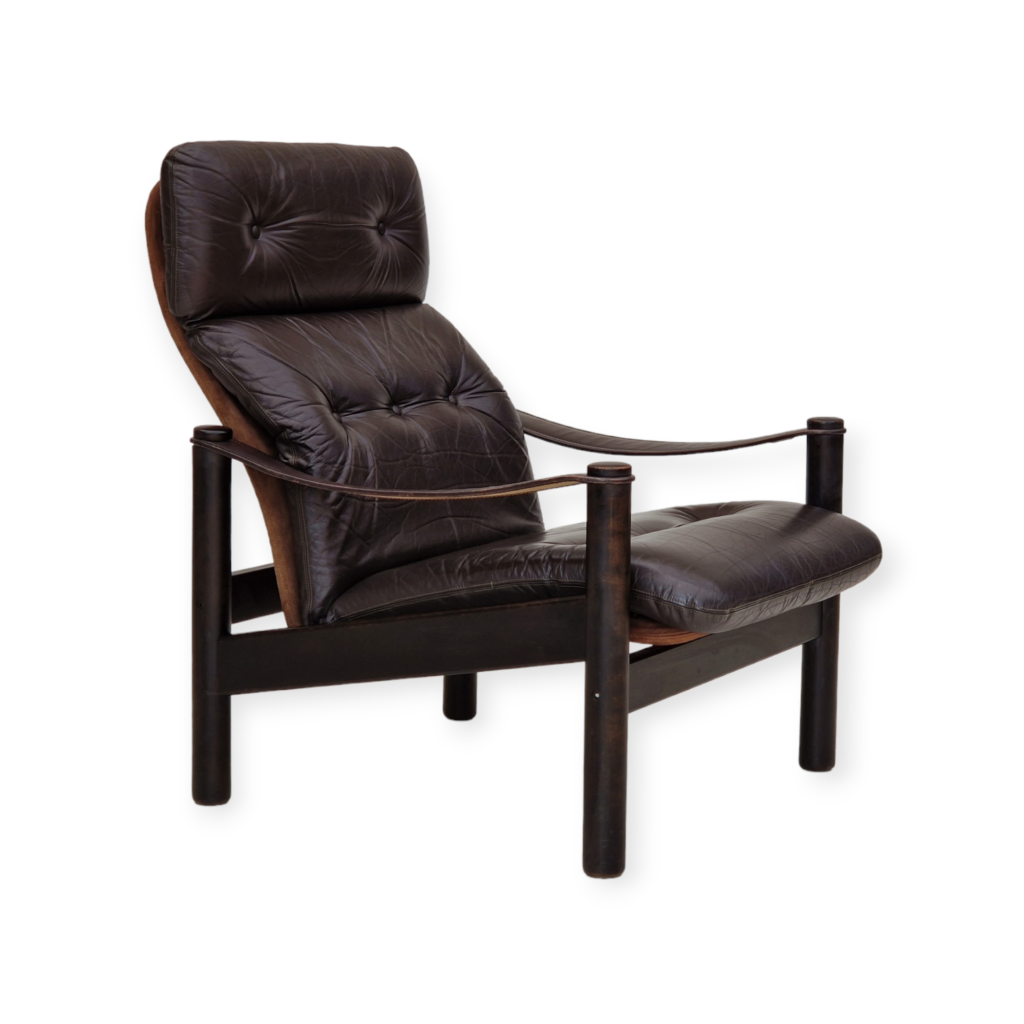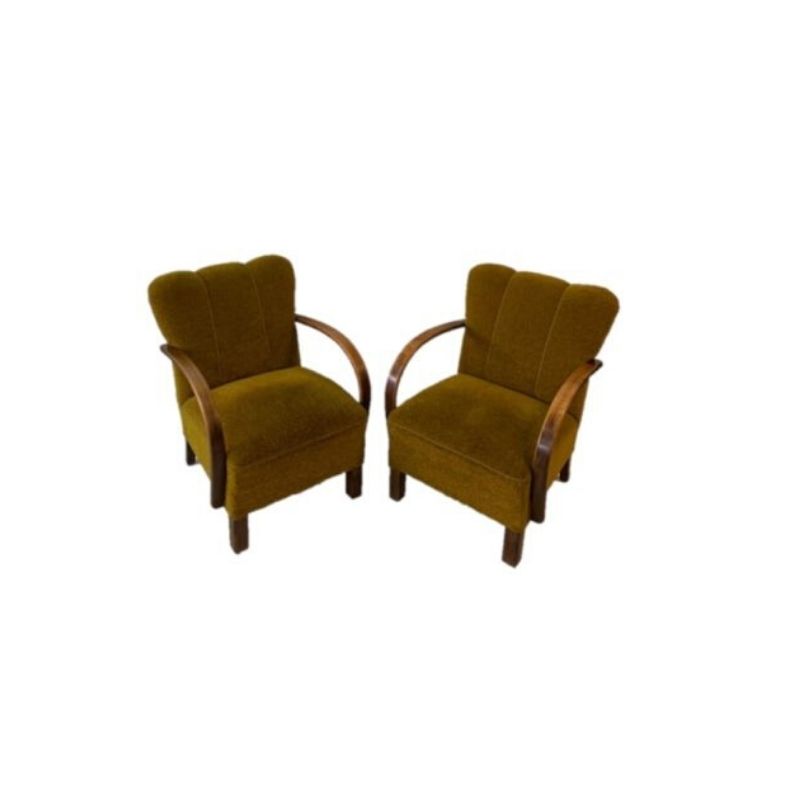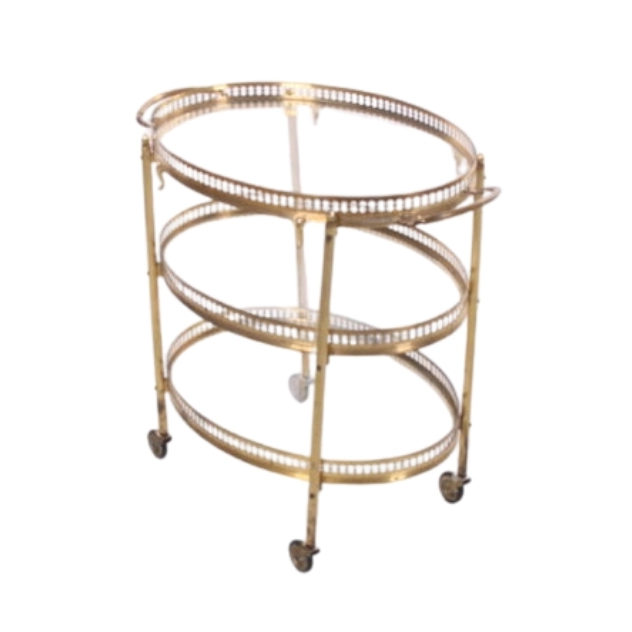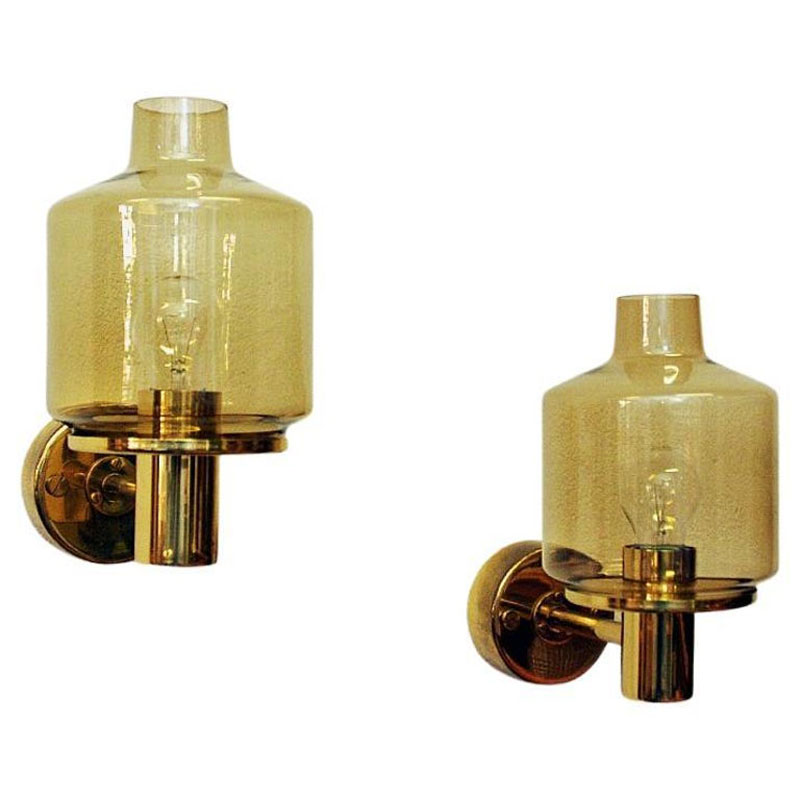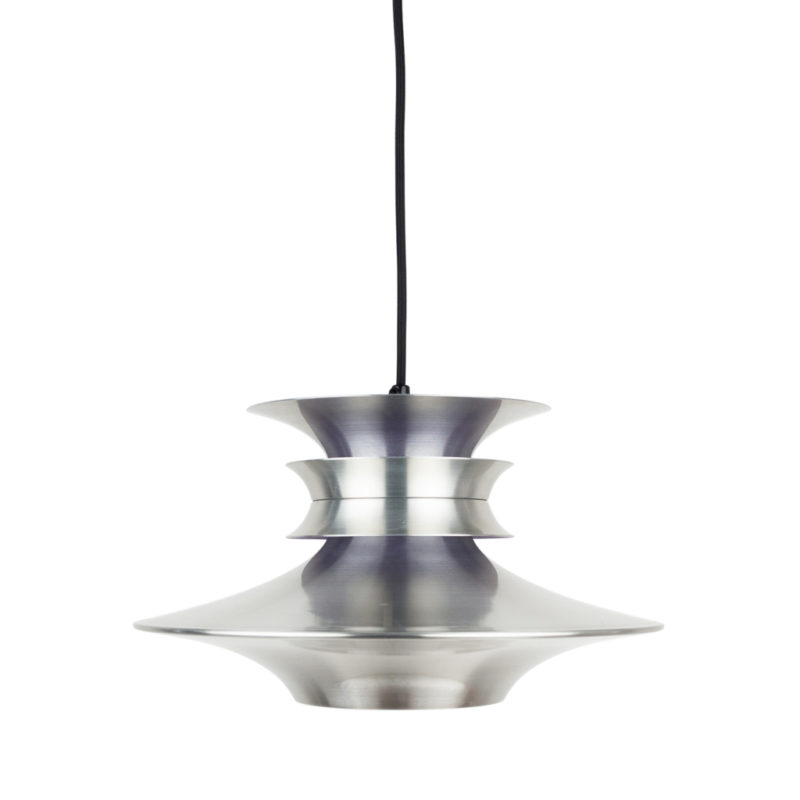I think I could manage this...
I think I could manage this without too much trouble, been vacuum pressing for years, sad you're not in my country, I'd love the challenge.
But if you havn't done it before I say pass it on to someone who can...the pump and bag is expensive and as SDR said the other day you only get one shot. Try getting some thickish paper/thin cardboard and see if you can maniupluate it over the shells without any creasing and you'll be in luck.
Look for a boat builder or perhaps email this guy (see link below) and he might be able to put you in touch with someone, if they are worth their salt they'll do however many dry runs they have to until they get it right.
BTW If anyone has any damaged LCW seats and back they don't want I'll happily pay for them.
http://www.vacupress.com/contactus.htm
lcw back repair
It's taken me quite a while to find time to work on the 2 chairs that I have and it has taken too much time to figure out how to reveneer the backs. Lots of trial and error time as well. I have finally had some success. I put new birch on the front of one drilled out Calico ash back and new birch on the front and rear of the walnut back that I had. A purist will note too many ply's but not a problem for me and gets the chair back in use. I used painters tape all the way around the edges before putting the back inside a roarockit vacuum bag. Softened the veneer 1st.
My next task is to match the vintage stain/patina(if possible) and reglue the replacement shockmounts I bought from Special K products on ebay.
Am really pleased with my progress thus far and am gaining confidence I can pull this off.
Khus
Thanks
for the report, khus. What did you use to soften your veneer ? I recall a glycerine solution (in water, presumably) being used to relax veneer -- but I don't know if this is compatible with, say, PVA white glue. . .
So, I guess you figured out that your chair(s) are birch. Does anybody know what "Calico" ash would be ? Is there a Calico Ash tree ? Maybe that's wood with darker splotches of color on the yellow ? I've seen ash like that -- but no on an Eames chair.
Good question, pictures...
Good question, pictures would be good. Did you support the shell in the bag or let it wrap around? How did you trim off the excess or did you cut an exact piece? From my relatively limited experience I'd say a few dry runs would 'relax' the veneer enough, depending on its thickness. Did you do the legs too?
The real
problem, as I anticipate it, would be dealing with the areas near the edge that curl back. Bending is one thing, but on a piece which bends all around its perimeter, this necessarily implies "gathering" of the material near the corners of a rectangle: the material would tend to wrinkle or fold there, it seems to me.
The proof of this can be demonstrated (as so often) by exaggerating the situation. Suppose you were to wrap paper over the lid of a shoebox. At the corners, you have to either overlap the paper, or you have to remove a square piece at the corner if you want (for some reason) no overlapping of material.
The case of the Eames back isn't this extreme, but it is more like that than if the piece were flat. The wood is asked to contract or condense, to some degree, at the "corners" -- and wood veneer, like paper (and unlike cloth), doesn't simply contract because you want it to.
So, how did the samples of our fearless experimenter behave, in this regard ? Did softening with glycerine (or whatever) enable the material to condense as necessary ? I suppose it must have, if a satisfactory result was obtained.
vacuum, etc
I believe that the calico ash is just a bit more variegated in color with some dark areas. Mabye it was old growth available at that time. Couldn't find anyone at various woodworker stores that knew.
I used 10% glycerin + 10% isopropyl alcohol in water. Sprayed it on and let it dry for about 1-2 hours. Had to let it dry some to get the painters tape to stick. While it was drying, I trimmed off as much excess veneer as I could, trying to allow only about 1/4" hanging over the edges.This took repeated fittings to see how close I was without cutting too much. I did try a dry run once to see if it would help to form the wood for the final gluing, but it did not help any and was a waste of time.
Applying painters tape was a real boost to the process as I otherwise could not get the bag alone to keep the veneer tight to the wood. I applied it back to front using about a 2" piece all the way around the edge. It allowed a very tight bond right at the edges and prevented the wood from folding at the tight curves. The vacuum bag then would manage the rest of the entire surface, keeping it flush against the wood. I only placed the chair back inside the bag with the netting over it. The bag worked great, keeping a nice tight pressure on both sides of the chair back. My 1/4" overlap did curl over a litle bit in some places, but did not break. Easy to trim off after drying. I left the back in the bag each time overnight and left the tape on for about 8 more hours after removing from the bag to allow more drying being exposed to air. I also massaged the chair back with my palm after it was inside the bag as I removed more and more air.
I tried Titebond liquid hide glue, but it did not adhere well enough with the complex curves of the chair. It is water soluble/reversible, so I removed the veneer and started over using Titebond III this time, with a much better adhesion. It worked well for all 3 veneer faces that I applied.
The chair backs are the only parts that required such a repair as they had been drilled. All the rest of the 2 chairs will need is some light cleaning and then maybe a spray coat(s) of lacquer over the entire chair.
Sorry don't have time to add pictures and didn't take any of the process, but hopefully my description is clear. I could probably add photos of the backs as they are now for you to see, but am leaving town for my 30 year HS reunion tomorrow.They really are tight and look sadly like new backs. There are some mild impressions in a few spots on the veneer from the netting used inside the bag to allow air to escape around the surface, but have been able to sand those out. I kind of liked the accumulation of dirt/whatever on the plywood edges. That had to be sanded off in the process of getting the veneer edge to look nice.
what hg of pressure were you...
what hg of pressure were you using? I'm suprised it didn't force it down, my pump goes up to 29.5 but maybe if you were using one of the venturi systems its less? I've never used the net, often just the bag straight on, even on curved work there are never air pockets, have found holding the bag the right way as the air evacuates works.
pressure
Heath,
The Roarockit bag is an inexpensive kit. It comes with a simple hand pump. Pressure is just atmospheric as a result. It met my needs for a one time use. I think I paid $50, so much cheaper than an electric pump, etc. I should have tried it without the netting, but being a novice I followed the directions.
The tape was likely necessary since I was using this type of lesser system.
Working with the vacuum bag did cause me to be interested in further investments in a better set-up for future projects.
If you do get interested in...
If you do get interested in it I wouldn't recommend buying one of the off the shelf systems. I set my own up a few years ago using a Rietschle pump (Busch are good too), a very big reserve tank (just an old LPG tank from a wreckers yard) and I use waterbed bags with a plastic channel and tube to seal it. Connect good quality plumbing fittings and air tool hoses, a tap on the tank lets you control the rate of evacuation and stop it quickly if you need to. I put an old vacuum gauge bought from a flea market on the tank. The quality of the pump seemed to me the most important thing, they are expensive but you could probably get a good one second hand and have it serviced.
The pressure will never go much higher than 13 psi, depends on how close to sea level you are.
Flat work is a bit boring, it gets interesting with curved work and other things.making the mold can be a trying experience, its cheap enough to have them cnc cut and much less frustrating, I presume youv'e read the Bent Ply book?
I've pressed textured panels using thin aluminium and handmade paper over leaves and twigs, it looks good. Thin unsupported shells require a very good adhesive, I don't do that sort of thing anymore because a good less toxic glue still isn't available, not that I've found anyway.
Good luck!
http://www.woodworkforums.com/f40/vacuum-bent-plywood-stools-11731/
Thanks, guys --
that's a healthy dose of good info. Nets were coming into use the last time I did this -- I never had any trouble without one. Maybe they should be reserved for possible tricky jobs -- don't know just what that would be ?
Sounds good. I like the comment "they look sadly like new backs" -- heh-heh. Well, you could always mess them up. . .
Congrats on the success.
If you need any help, please contact us at – info@designaddict.com



